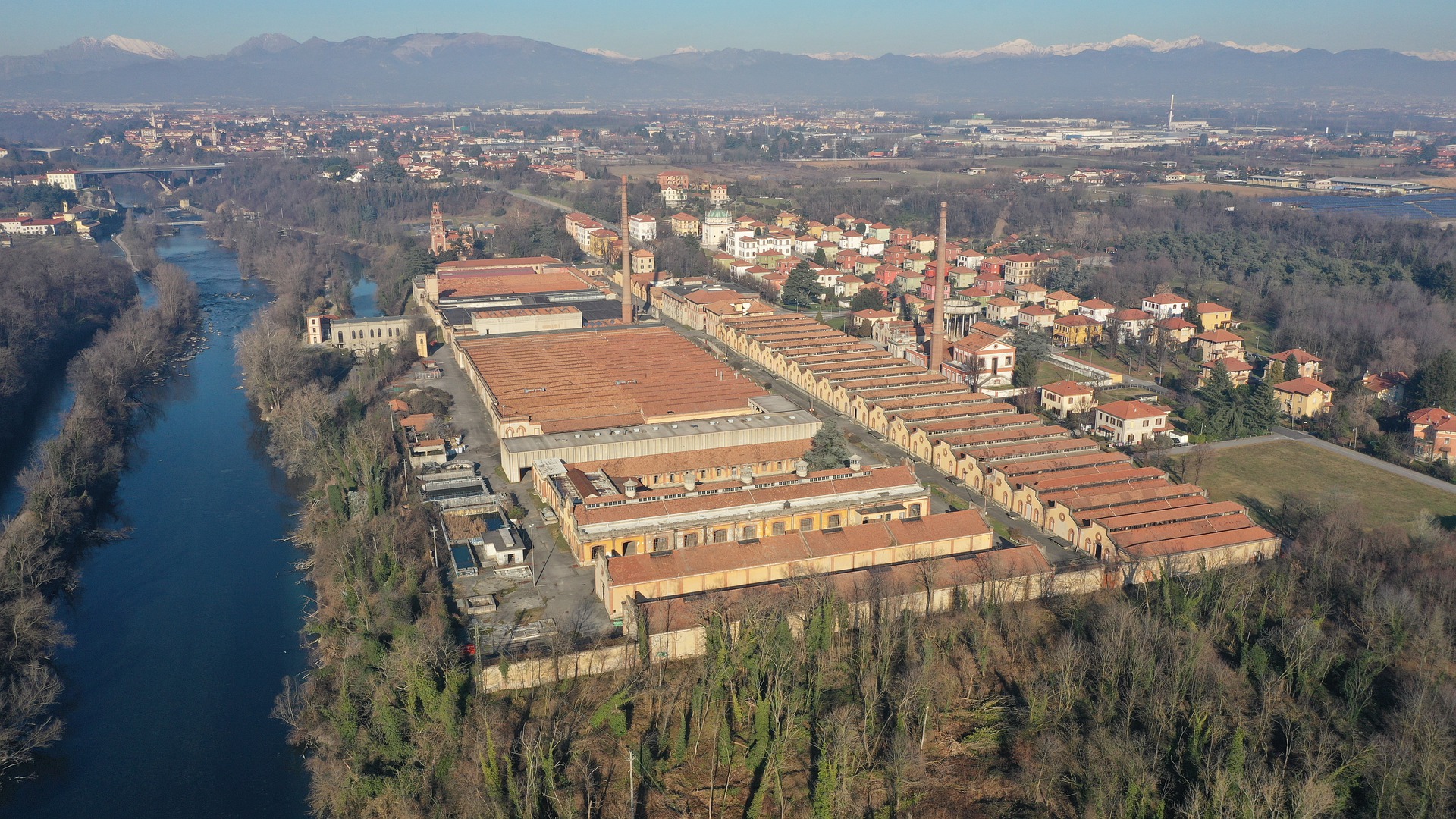Imagine walking through the streets of a small town. There are houses, there is a school, a church and a prestigious residence. Then, there is the large textile factory, metaphorical director of the surrounding village, orchestrated ad hoc. And the workers' village Crespi d'Adda of Capriate San Gervasio. Unesco World Heritage Site.
An essential visit
For those lucky enough to have it nearby, the Crespi d'Adda village constitutes a essential visit. If you love industrial archeology and are attracted to ethno-anthropological demo museums, this site is for you! To better appreciate the significance of the place, it is useful to be accompanied by a guide. The narrative traces the knowledge essential to immerse yourself in the history of the village. Born at the end of the 800th century by the will of Cristoforo Benigno Crespi, entrepreneur of the industrious Busto Arsizio, who located his cotton mill here. The territory on which to locate the weaving was chosen according to a water criterion. The abundance of water, due to the near the river Adda, was an important resource.

But what are the particularities of the site? From an aesthetic point of view, we are faced with a delicate style, in line with the era. The decorative apparatus of the body of the building has non-functional but elegant cementitious ornaments. Everything appears enhanced by the wrought iron gate with floral decorations by Alessandro Mazzucotelli. At the center of the factory stands the chimney which, with its height, seems to want to underline the laborious character of the place. Then there is a harmony that unfolds along the entire backbone of the village. The streets of the workers' houses and the "neighborhood" with the beautiful homes of those who occupied a position of importance in the company. The house of the doctor and that of the parish priest. But above all: the manor house which, in the form of a castle-like, stretched a severe gaze over the entire village.
Crespi d'Adda, a micro company
Il Crespi d'Adda was a perfectly organized system. In full agreement with that industrial paternalism of the end of the 800th century that characterized the management of factories. From the location of the houses to the services attached to them, such as the vegetable garden available to the workers' houses. Active like a miniature society, the village had what it needed for its functioning. The school , church they were an example, both denoted by some particularities. It will be amazing to think that the teacher had her own home on the top floor of the school. As well as the case of the church without a bell tower appears curious. The building is a copy, in reduced size, of the sanctuary of Santa Maria di Piazza di Busto Arsizioand an tribute that il Crespi wanted to address his hometown. But what is the reason for the absence of the bell tower? It was thought that the same would have somehow diminished the importance of the factory, expressed by the chimney. Hence the choice of the church without a bell tower.

The village also enjoyed a refreshment point, still active today, which was to function as a post-work entertainment. In the crespi d'Adda people were born, studied, prayed and learned the trade. Here the main stages of life took place and, always here, the existence ended. The deceased were buried at the company's expense. The cemetery, like the rest of the village, respected a hierarchical organization. The first rows with children's graves, indicative of the high infant mortality rate. Following are the other burials on which we can read epitaphs dedicated to the memory of the work. At the top of a staircase, the large mausoleum of the Crespi family. The imposing monument extends into two arms that seem to envelop the entire village. A symbolic architecture that extends the philosophy of that industrial paternalism effectively expressed in the formula "from the cradle to the grave".





